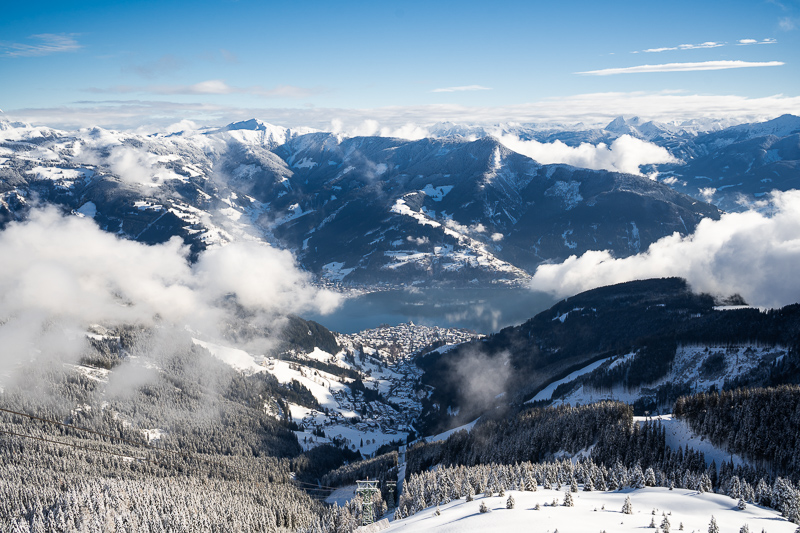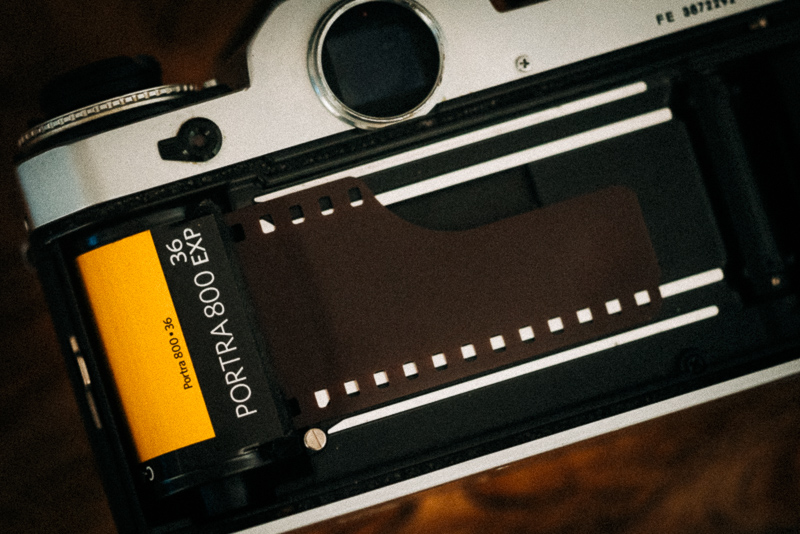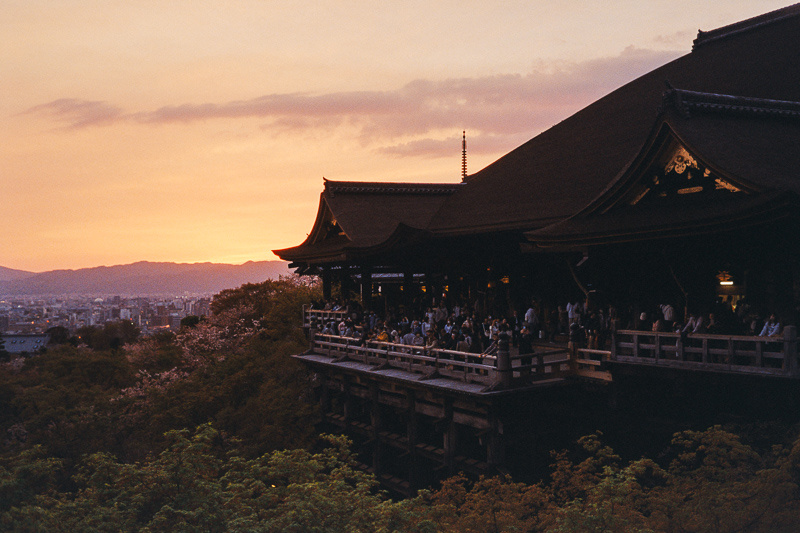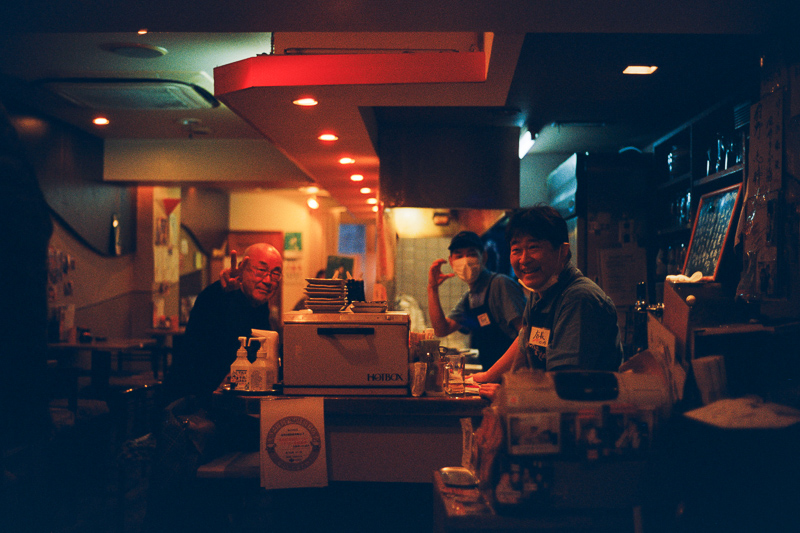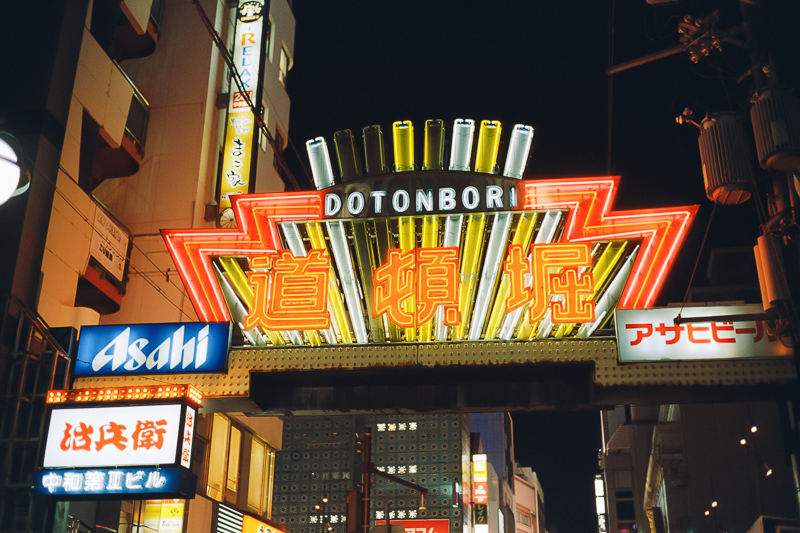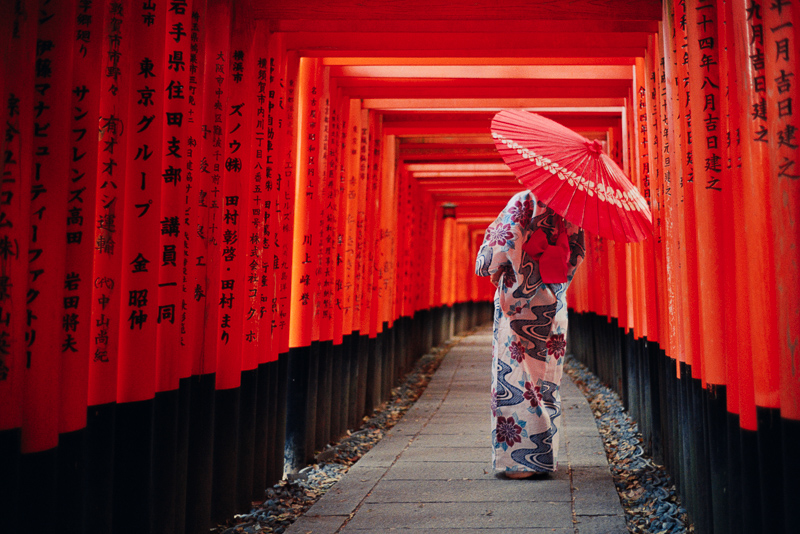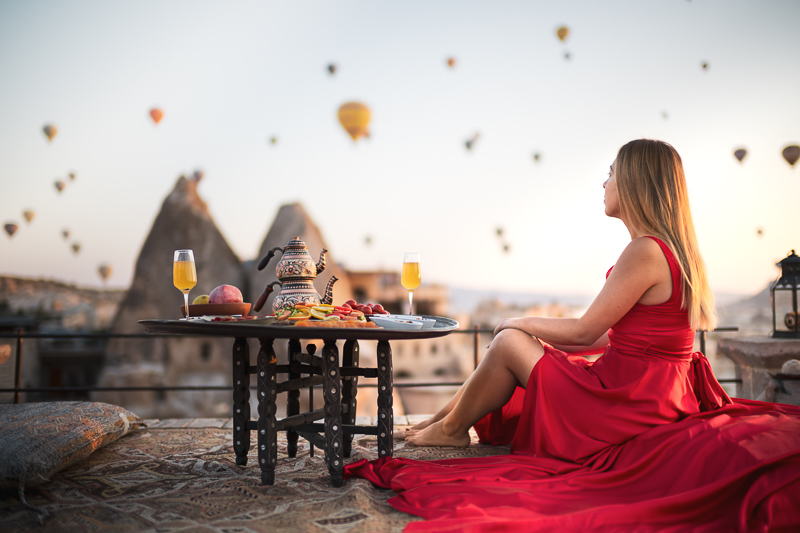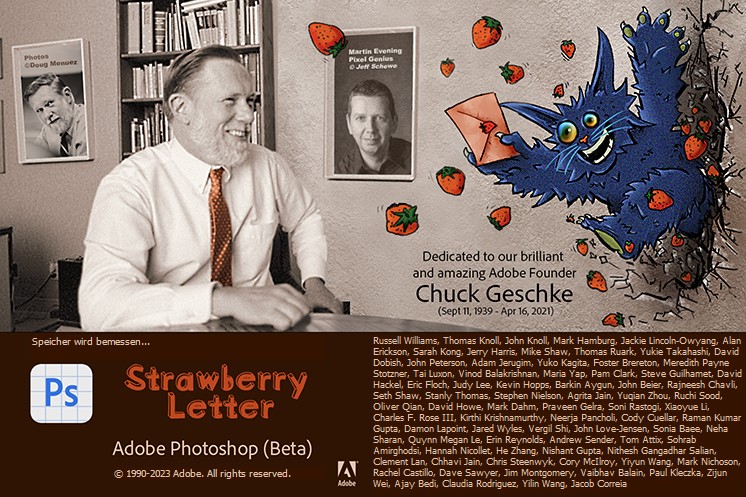Introduction
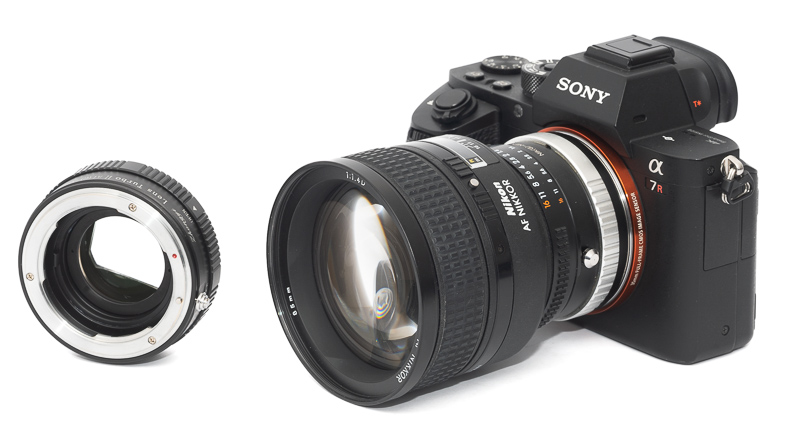
Speedboosters are still somewhat popular among videographers, but since these days used fullframe cameras are very affordable, this is not really the case for still photographers anymore. They can be used for some creative shallow depth of field photography on fullframe cameras though, and that is what we will have a look at here.
Sample Pictures

